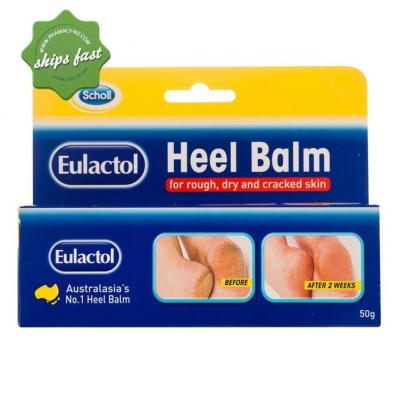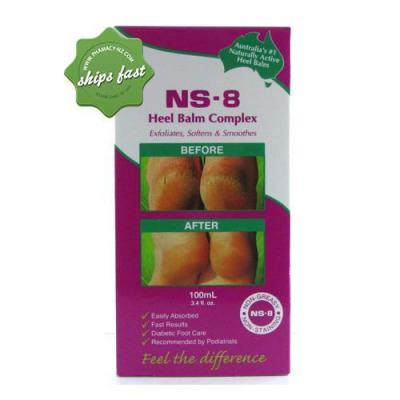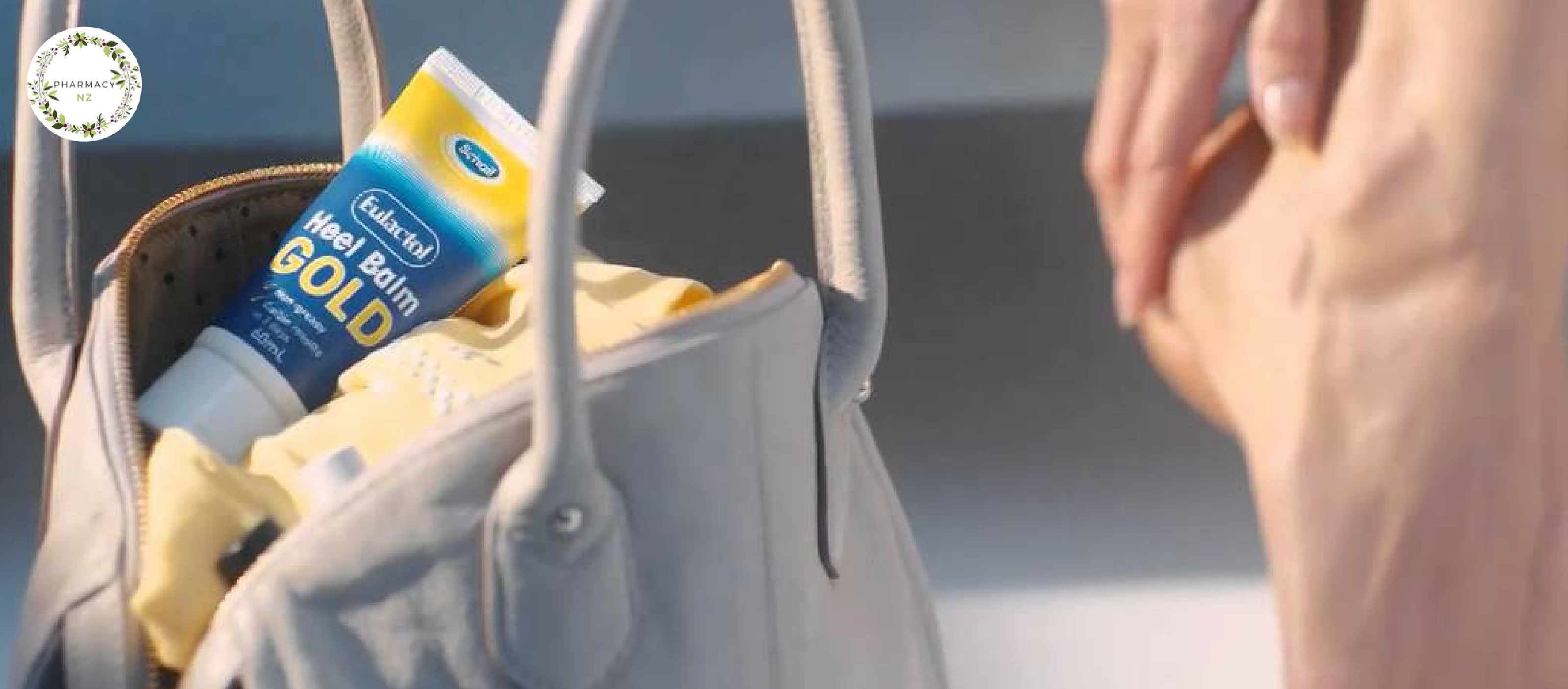 Do you lie in bed and shudder at that feeling when one heel rubbes across the other. Those little bits of dry skin, poke into your leg, and the sore cracks make you wince under pressure? Dry, cracked heels may seem to be common skin problem, but this seemingly simple and dismissible condition can actually lead to a more serious medical condition.
Do you lie in bed and shudder at that feeling when one heel rubbes across the other. Those little bits of dry skin, poke into your leg, and the sore cracks make you wince under pressure? Dry, cracked heels may seem to be common skin problem, but this seemingly simple and dismissible condition can actually lead to a more serious medical condition.
What is Dry, Cracked Heels?
It is a common skin problem experienced by men and women caused by dry skin or called xerosis. It commonly appears at the rim of the heel characterized by thick patches on the skin called calluses. It leaves behind yellow or dark brown discolloration.
What are the common signs and symptoms of cracked, dry heels?
It will be best to carefully examine the surface of the skin in order to detect the following signs: red, flaky patches; peeling or cracked skin; discharge or bleeding. Itching of the skin is another sign to watch out for.
Five Causes of Cracked, Dry Heels
- Obesity
- Standing for a long period of time
- Wearing shoes with open back
- Frequent soaking of your feet in hot water
- Special skin or medical condition
 Who are at risk of getting cracked, dry heels?
Who are at risk of getting cracked, dry heels?
- Older people who naturally experience an over-all dryness of the skin
- People who eat very poor diet
- Individuals who live in dry, humid places
- Diabetic patients
- Those who wear improper foot wear; such us too tight and sandals
What are the common treatment for cracked, dry feet?
The most common treatment are commercially prepared balms, cream and lotion that are especially formulated to soften and deeply moisturize this specific problem area. Some of the popular brands are Ellgy Heal Cream, Alpha Keri Heel Balm and Dermal Therapy Heel.
You can visit our Cracked Heels Page to learn more about these products and get more information about dry, cracked heels.


